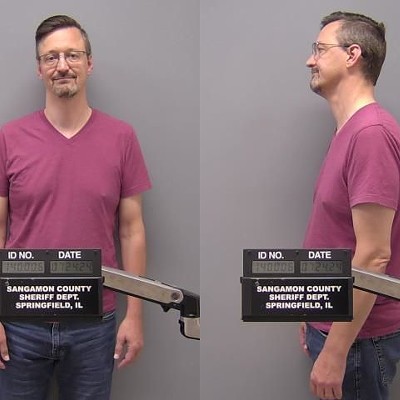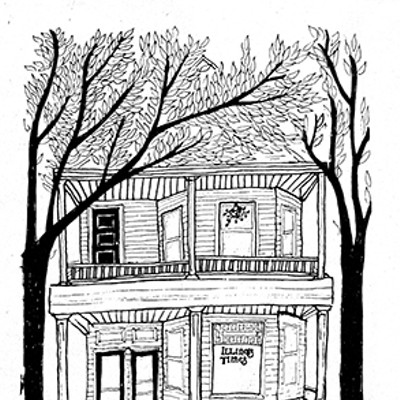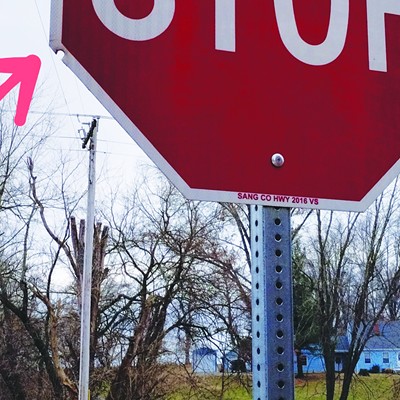How did that song go again? I had it right on the tip of – oh yeah. “I hope I die before I get old.” Apparently you have a good chance to doing just that if you live in Sangamon County. A health research center at the University of Washington in Seattle recently published the county-by-county estimates of life expectancy in the U.S. between 1989 and 2009. The downstate returns, so to speak, look like this: 78.9 years for females, 71.9 years for males.
These are longer lives, on average, than the parents of each group might have expected to live, and longer still than their grandparents usually lived. They are however shorter by years than the life spans of a great many other Americans. Women and men in Marin County in suburban San Francisco live longer than people in any place in the country – 85.1 and 81.6 years respectively. Even the U.S. as a whole beat Sangamon County; the national numbers in 2009 were 81.3 years for women and 76.2 for men.
This is bad news if you believe, as so many people profess to, that longer life is a boon. And so it is, for a while. But as we age, it is not only our bodies that gradually fail us. Savings and pensions are drained, so that they have less money just when they need more to pay ever-higher medical bills.
And make no mistake – those funds will be drained for most of us. Social Security was never meant to sustain retirements that now stretch to half of one’s working life, and boomers who looked to their brand new 401(k)s to buttress Social Security have learned that the only people who win the investment game are the people who run it. And a 401(k), unlike one’s Social Security account, is a piggy bank that is very easy to break if one gets divorced or fired or sick.
What is so often tragic for families is potentially calamitous for society as a whole. Planners have for years underestimated the returns on investments that fund public and private pension systems; they also have consistently underestimated the number of years during which those funds will have to write checks.
Using standard estimates, the IMF calculates that supporting old people in rich nations in 2050 will consume more than twice the share of GDP in each that it does now; if life spans increase as much faster over that period as they have in the recent past, that cost goes up another 50 percent. Wealth that might have been used to invest in young people in their most productive years will be diverted to keeping alive people in their least productive years. The generation that, briefly, made the U.S. rich will make it poor unless something is done.
Yes, that wailing you hear from the bushes is the social right, warning that Social Security and Medicare spending is an asteroid about the crash into Earth. Like most of what the right offers on social and economic policy, part of this is true and part of it is not true at all. A very modest phased-in increase in the payroll tax and very modest cap on benefit payouts to those who don’t need it – that is, retirees, taking in more than $200,000 – makes the Social Security Trust Fund solvent forever. The real danger posed by the old is not the cost of the medical care that allows them to get older.
Rather, the real danger is that the number of people working in the U.S. has been dropping as the number of geezers they must support grows. The wise solution is to increase productivity so we get more wealth per worker, or increase legal immigration so we get more workers. Unhappily, wisdom seems beyond our national government.
That leaves the states. One approach favored by those who prefer the simple to the useful (including our Mr. Quinn in his proposed Medicaid “reforms”) is to ration medical services. Geezers are the second largest group of Medicaid recipients after the blind and disabled, and look to it to help pay for nursing home care and prescription drugs. With luck, his proposed cuts will speed the deaths of thousands, with happy effects on budgets today and tomorrow.
If the General Assembly shrinks from the task, we must trust the public to solve this problem. Sangamon County’s public-spirited citizens are setting an example by opting for premature death via smoking and sedentarism and artery-clogging diets. Ponce de Leon reputedly sought the Fountain of Youth in Florida. Perhaps health care economists will come to Sangamon County seeking a fountain of death.
Contact James Krohe Jr. at [email protected].























